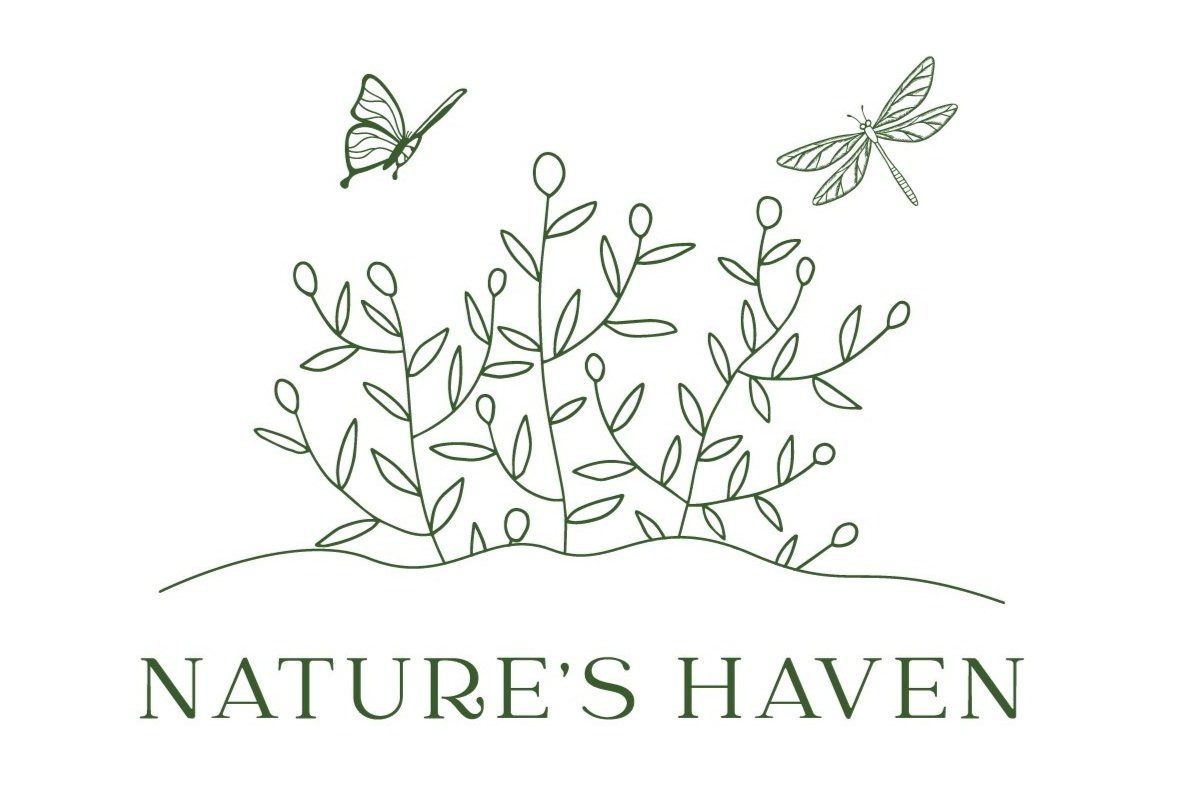ALL HAIL CATERPILLARS!
ALL HAIL CATERPILLARS!
“Most animals don’t eat the plants themselves, they eat something that ate the plant, and that something is typically caterpillars.”
Caterpillars feed more animals, insects, and birds than any other “bug” on the planet.
Most people know that if you want to see more butterflies you need caterpillars. But did you also know that you need caterpillars if you want to see birds too? A nest of chickadees will require anywhere from 6000 to 9000 caterpillars before they leave the nest! And they’ll still need more after that. So how do you increase the caterpillar populations in your yard?
Plant native plants.
A lot of people don’t realize that most butterflies and moths can ONLY lay eggs on native plants. These plants are what the caterpillars (larva) will feed on when they hatch. To find out which native plants are butterfly and moth host plants in your area, enter your zip code here. Here at Nature’s Haven in Camas, WA, our biggest host plants are the native cherry trees (host to 269 species of butterflies and moths), alder trees (227 species) and the biggest contributor of them all? Willow trees, like the Pacific or Scouler’s Willow. The willows host around 339 species of butterflies and moths! By increasing the amount of native plants in your yard, you will see more butterflies, moths, birds, chipmunks, squirrels and more.
Butterflies and Moths of North America
Caterpillar & Butterfly ID Cards
Nice Butterfly graphics
The Life Cycle
Egg - The butterfly lays an egg on it’s native host plant. Find the native host plants in your area.
Caterpillar (larva) - the caterpillar eats and eats, sometimes growing 100 times it’s original size!
Pupa (chrysalis) - they form their “cocoon” under a branch, in the leaves or burrow into the ground. One of the many reasons to leave fallen leaves on the ground.
Butterfly - they mate and lay eggs and the whole process stats over again.



